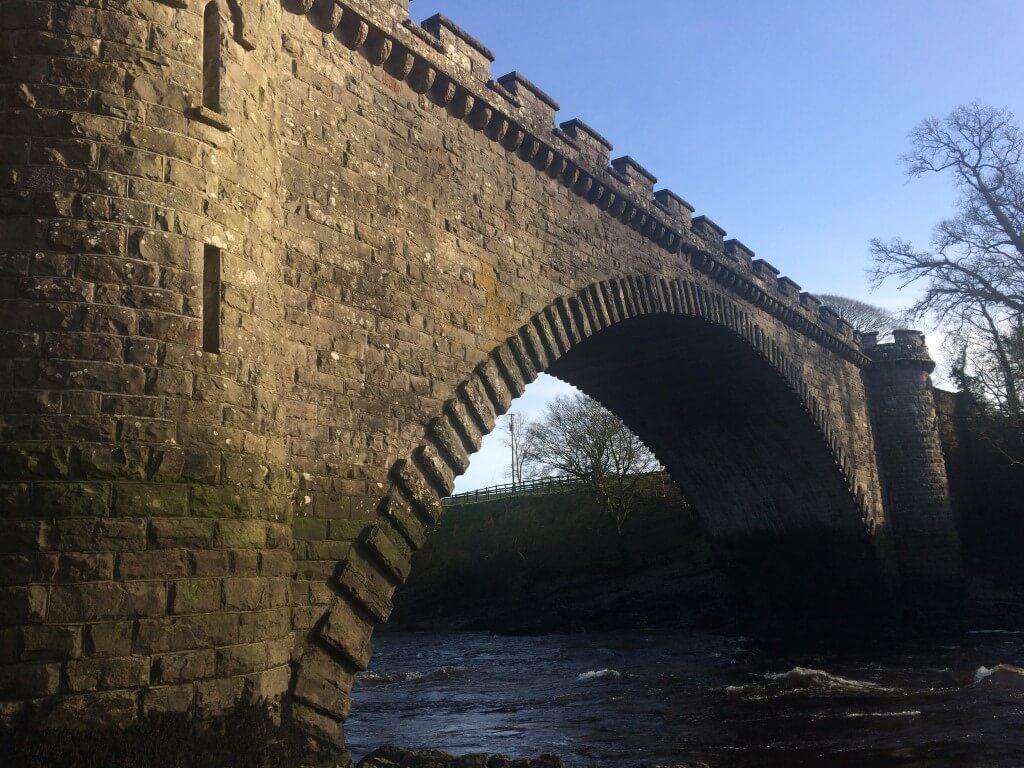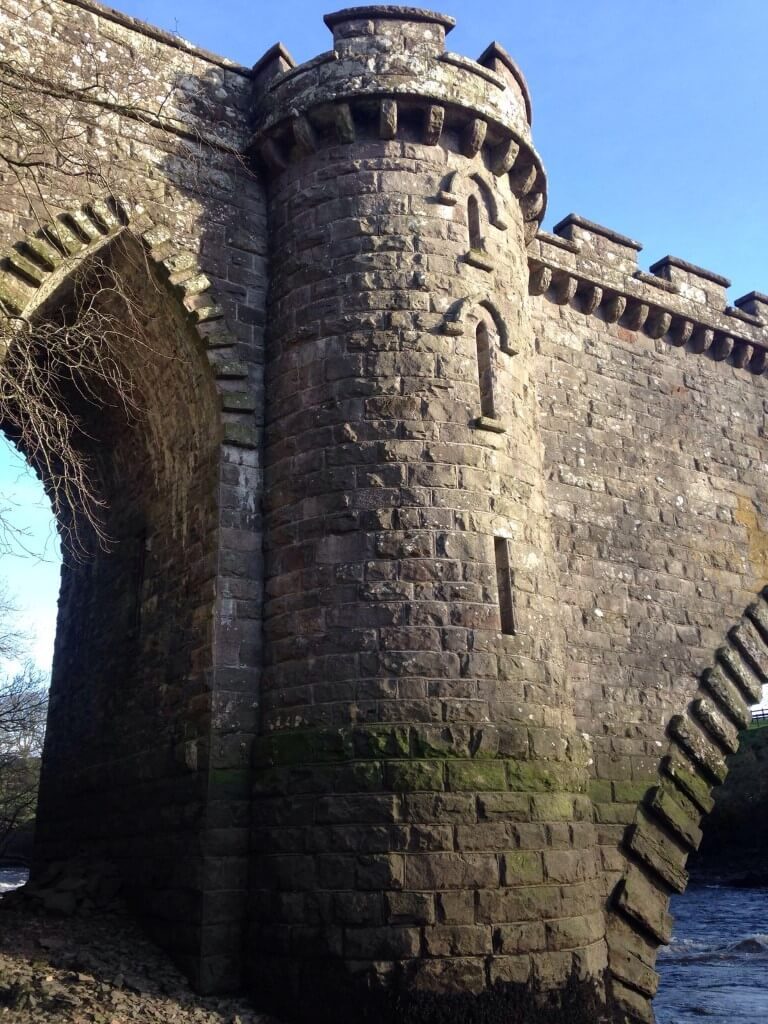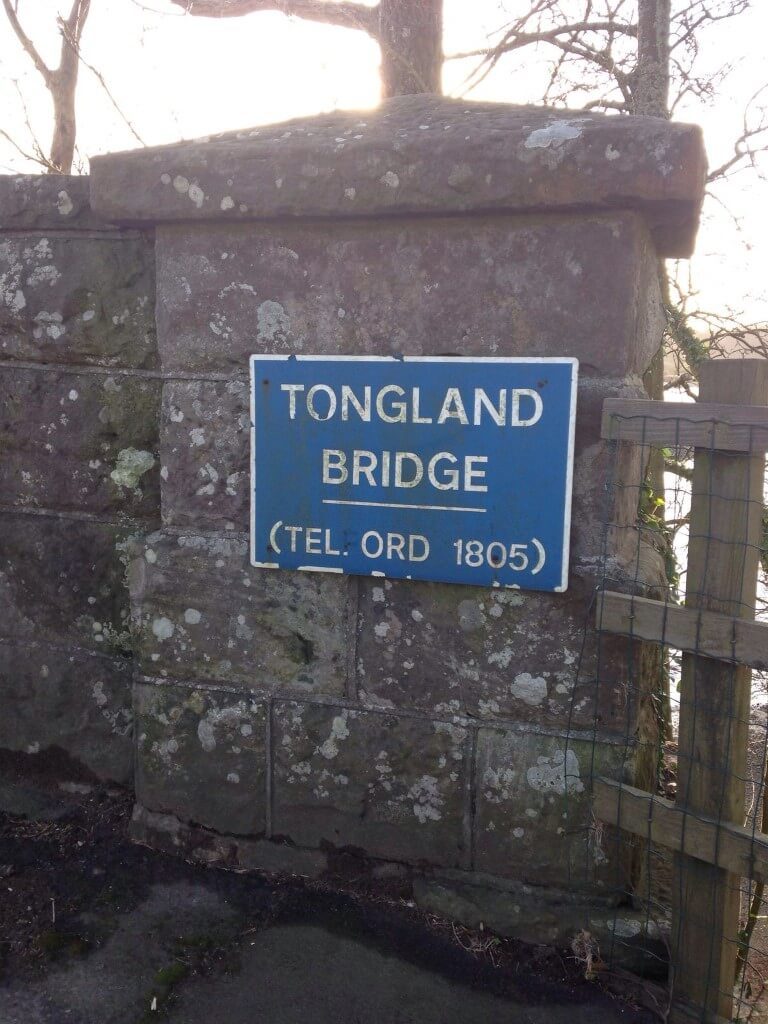So What has Dumfries and Galloway really done for us?
Thomas Telford
2016 sees the launch of Visit Scotland’s Year of Innovation, Architecture and Design. Across the year we will showcase Dumfries and Galloway’s historic contribution to these areas. Solway Tours would like to inspire the people across Scotland and beyond in recognising the role of people within our region in contributing fully to shaping our great nation as we know it today. Our first blog linked to celebrate this year is about Eskdale lad Thomas Telford.

TELFORD BRIDGE TONGLAND
Telford undertook highway works in his local area including 184 miles of new roads and numerous bridges including the 112 ft span stone bridge across the Dee at Tongland in Kirkcudbright in 1805. This was Thomas Telford’s first major Scottish bridge. It was completed in 1806 at a cost of £7710. The bridge was constructed using stone from Annan and is heavily castellated. The structure is a beautiful example of bridge-building, and is justly admired, the arch being circular and the span 110 feet. This is one of our favourite bridges in the Region and is one of the many reasons to visit the stunning Stewartry.

Thomas Telford is a local lad who laid the foundations of Industrial Britain and became known as the Colossus of Roads and the godfather of civil engineering. Thomas was born into a poor farming family on the 9th August 1757 at Glendinning, a hill farm in the parish of Westerkirk near Langholm in Scotland. Thomas Telford never knew his shepherd father as he died only four months after he was born. At age 14, he became an apprentice stonemason and by 25, he was working in Edinburgh.

In 1783, he met with his future benefactor Sir William Pulteney from Dumfries who was one of the richest men in Britain and by 1784 Pulteney supported Thomas to move to Portsmouth and work in the dockyards. Telford learned the basics of construction and mastered the emerging discipline of civil engineering. In 1786 Pulteney found work for Telford as surveyor of public works in Shropshire. This job was created just for the engineer and he become synonymous with the area. In 1792, he completed the Montford stone bridge over the River Severn in order to carry the London-Hollyhead road. This engineering marvel gained him a reputation as one of Britain’s greatest engineers. In 1826 he completed the Menai Suspension Bridge in North Wales. It has the longest span in the world and is still considered to be one of the greatest examples of iron works ever built. On top of canals, castles, churches and bridges, Telford built over 1,000 miles of road during his lifetime. He was given his nickname, the ‘Colossus of Roads’ by his friend, Robert Southey.

In 1801 Telford devised a master plan to improve communications in the Highlands of Scotland which took 20 years. It included the building of the Caledonian Canal along the Great Glen. His work on improving the Glasgow – Carlisle road, later to become the A74, has been described as “a model for future engineers.” Telford improved on methods for the building of macadam roads by improving the selection of stone based on thickness, taking into account traffic, alignment and slopes.

Thomas died peacefully in 1834 and in a sign of national respect, he was buried in Westminster Abbey. He’d laid the infrastructure that dragged the farming nation of Scotland into becoming an industrial powerhouse and made Britain a country that could support an Empire.




